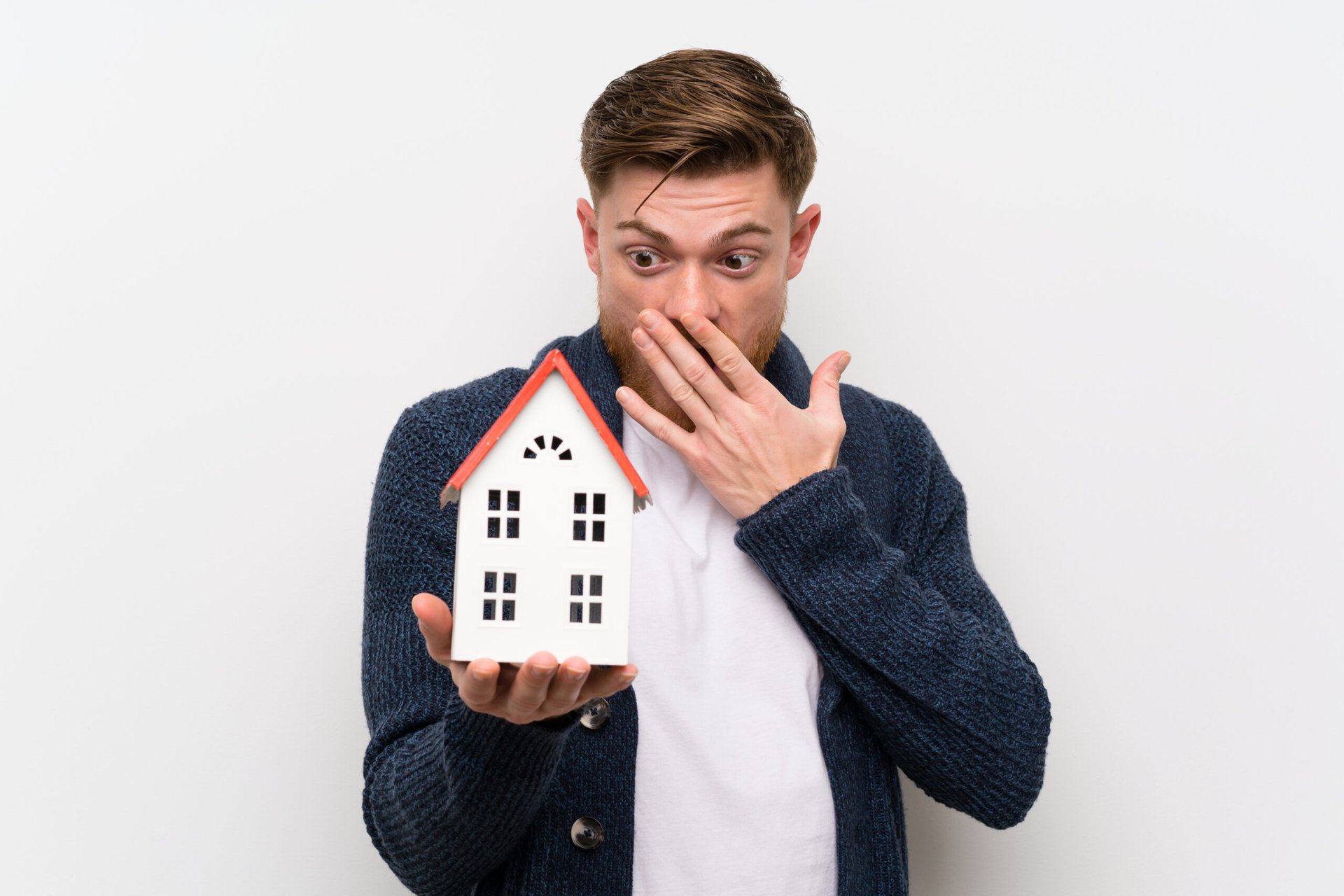
Housing prices are soaring, and today’s homebuyers now find themselves in a very unhappy place: potentially paying more for a home than the listing price.
For the first time on record, the average sale-to-list price ratio has climbed to 100.1% nationwide, according to real estate company Redfin. That means a typical home now sells for slightly above its list price.
Redfin’s analysis of more than 400 U.S. metro areas during the four-week period ending March 7 also found that the median home-sale price increased 17% year over year to reach $328,350. This is the largest increase on record in this data set, which stretches back to 2016.
The median sale price itself also was a record high — that is, until the four-week period ending March 14, when it reached a new record of $330,250.
Meanwhile, asking prices for newly listed homes soared to a record $349,975 during the four-week period ending March 7, up 10% year over year. One week later, the same statistic had reached a new record of $350,972, also up 10% from one year prior.
Are we in a housing bubble?
Yes, you can be forgiven for thinking you’ve seen this movie before.
Soaring home prices, plummeting inventory, panicked buyers bidding above the asking price — it all brings us back to the housing bubble that burst around 2007 and brought the entire economy to its knees.
Have we finally arrived at Housing Bubble Part Deux?
Experts generally say no. Earlier this year, Daryl Fairweather, chief economist at Redfin, told Marketplace:
“I wouldn’t use the word ‘bubble.’ Bubble implies that it’s speculation that’s driving home prices high, and it really is the fundamentals of the market.”
That is in contrast to the last housing euphoria, when people were buying homes and condos with no intention of living in them or renting them. Instead, many buyers either planned to sit on the properties as an investment or to quickly flip them.
Mortgage lending standards also were looser before the last housing bubble. At that time, banks were willing to lend to borrowers almost regardless of their true incomes. That situation does not exist today.
Marco Santarelli, chief executive of Norada Real Estate Investments in Laguna Niguel, California, told USA Today that there has been a chronic lack of housing supply for more than 10 years. That is what is driving up sales prices, he says. It is simple supply and demand:
“We need 1.62 million units a year to keep pace with organic demand, but we produce significantly less. We’re about 370,000 units short each year.”
However, not everyone is so sanguine. Yale University economics professor and Nobel laureate Robert Shiller — one of the few people who called the last housing bubble before it burst — said last year that there was a “risk that home prices in urban areas may decline.”
Shiller said assets — from housing to stocks and bonds — were “highly priced.” In particular, he worried that urban housing values could tumble as people moved away from big cities in the wake of the coronavirus pandemic.
So far, that hasn’t happened. And it may not. As always, there is no way to know for sure what will happen until it does.
For now, Redfin’s Fairweather believes the red-hot pace of home price gains may start to cool soon. As he notes in a recent Redfin market report:
“This super competitive housing market has been fueled by rock-bottom mortgage rates, so home prices should start to grow at a slower rate as mortgage rates tick up.”





Add a Comment
Our Policy: We welcome relevant and respectful comments in order to foster healthy and informative discussions. All other comments may be removed. Comments with links are automatically held for moderation.